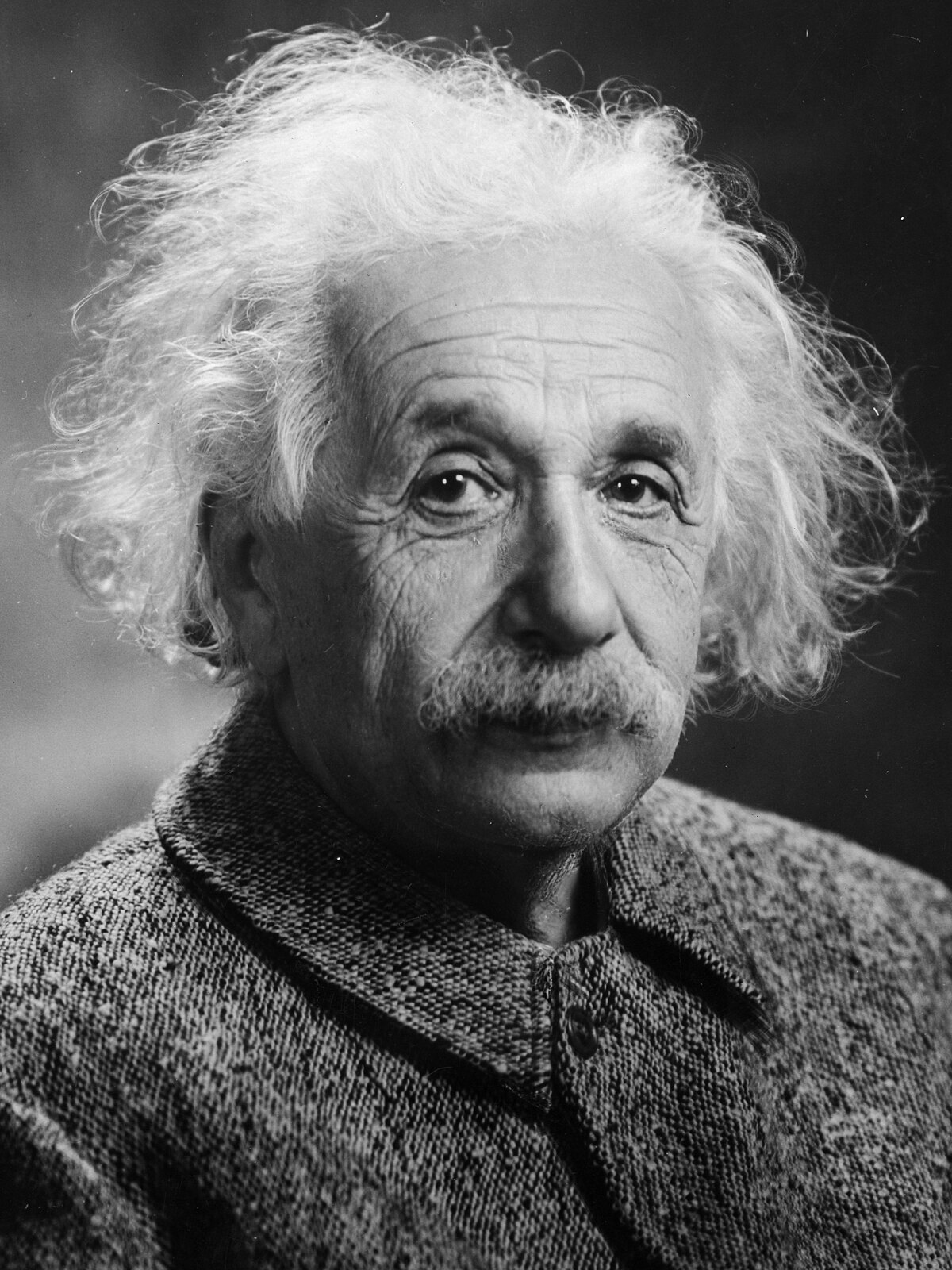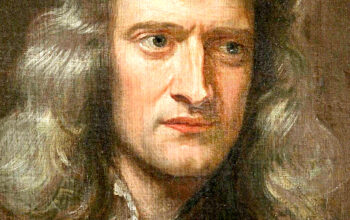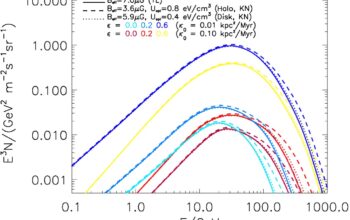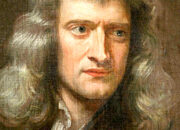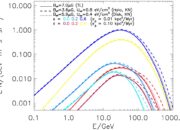The realm of physics has long captivated both the scholarly community and the general populace, particularly through the lens of Albert Einstein’s revolutionary theories. It is a common assertion that no physicist has experienced such an enduring level of public fascination. The recent announcement of a global webcast, specifically designed to celebrate the centenary of Einstein’s general theory of relativity, suggests a uniquely interdisciplinary event that combines academia with popular culture—certain to resonate with audiences far and wide.
As attendees tune in from across the globe, the webcast promises a plethora of content categorized into several segments: educational lectures, panel discussions, multimedia presentations, and interactive Q&A sessions. Each segment is meticulously crafted to elucidate the intricate nuances of relativity while making them accessible to a diverse audience. Expert physicists and historians alike will engage in providing insights into the genesis of Einstein’s theories, their implications, and their relevancy in contemporary scientific discourse.
Educational lectures will serve as the cornerstone of the broadcast, featuring eminent physicists who will dissect the fundamental principles of relativity. Participants can anticipate an exploration of both special relativity, which transformed the understanding of space and time, and general relativity, which provides a revolutionary framework for understanding gravitation. These lectures will not merely regurgitate textbook knowledge; rather, they will delve into the mathematical formulations and philosophical implications that underpin these theories. Advanced concepts like spacetime curvature and the warping of light will be unpacked, articulated in a manner designed to be digestible without diluting their complexity. Visual aids, including animated diagrams and simulations, will further enhance comprehension.
In addition to formal lectures, the platform will host dynamic panel discussions featuring scholars from interdisciplinary domains—astrophysics, philosophy of science, and historical contexts of scientific discovery. This format incentivizes dialogue, allowing attendees to witness debates on the very essence of relativity. For instance, one panel may deliberate on the implications of Einstein’s theories in contemporary astrophysics, particularly regarding black holes and gravitational waves, phenomena that were once merely theoretical concepts but have now gained empirical support. Conversely, another segment could juxtapose scientific interpretations with philosophical inquiries, examining the existential ramifications of a universe where time and space are fluid constructs.
The integration of multimedia presentations is also a hallmark of this webcast. Art and science converge through visual storytelling, encapsulating Einstein’s journey from a modest upbringing to becoming a venerated scientist. Audiences may experience short documentaries that highlight key moments in Einstein’s life, his intellectual triumphs, and the societal challenges he faced, particularly in an era marked by war and social upheaval. Using rare archival footage and photographs, these segments aim to humanize the figure of Einstein, presenting him not just as a distant icon of science, but as a relatable individual whose work continues to ignite curiosity.
Perhaps one of the most engaging aspects of the webcast will be its interactive elements. The incorporation of social media platforms and dedicated webpages for audience questions will allow for real-time inquiries. Viewers can pose questions to panelists, thereby demystifying complex topics and fostering a sense of participation and engagement. It is anticipated that these interactions will elicit a broad spectrum of inquiries, ranging from basic clarifications to profound philosophical musings. This dialogue could potentially empower a new generation of science enthusiasts, prompting them to pursue further exploration into the world of theoretical physics.
Furthermore, the webcast offers potential educators innovative pedagogical tools. Teachers can use selected segments in classrooms, adapting these materials for curricula at various educational levels—from secondary schools to universities. The richness of the content guarantees that it remains relevant and adaptable, promoting an enriching learning environment. As students engage with material that intertwines scientific rigor with compelling narratives, their understanding of relativity will likely deepen, facilitating sustained interest in the field of physics.
To reach an even wider audience, the webcast organizers are likely to incorporate subtitles in multiple languages, emphasizing inclusivity and global engagement. Such efforts underline the significance of science as a universal language, transcending geographical and linguistic barriers. It is the anticipation of the global audience’s participation that has prompted an exploration into the cultural contexts surrounding Einstein’s legacy—his impact on art, literature, and popular media will be acknowledged alongside his scientific contributions, demonstrating how deeply rooted his influence is in contemporary society.
Finally, the webcast will conclude with a synthesis of the discussions held throughout the event, possibly culminating in a manifesto of sorts that calls for continued exploration and inquiry into the fabric of our universe. By articulating the future implications of Einstein’s theories, the moderators may provide a glimpse into the scintillating prospects of upcoming research areas, such as quantum gravity and the potential of harnessing relativity for advanced technologies in communication and transportation.
In sum, the global webcast dedicated to celebrating the legacy of Albert Einstein and his landmark theory of relativity promises to be an unprecedented occurrence, marrying the rigors of academia with the accessibility of popular media. With its diverse array of content, ranging from insightful lectures to interactive sessions, this event serves not only to honor a historical figure but also to inspire a renewed curiosity in the fundamental questions of physics that underpin our understanding of the universe. The anticipation surrounding this event suggests that it may well serve as a pivotal moment in science communication, transcending traditional paradigms and captivating the imaginations of audiences worldwide.
